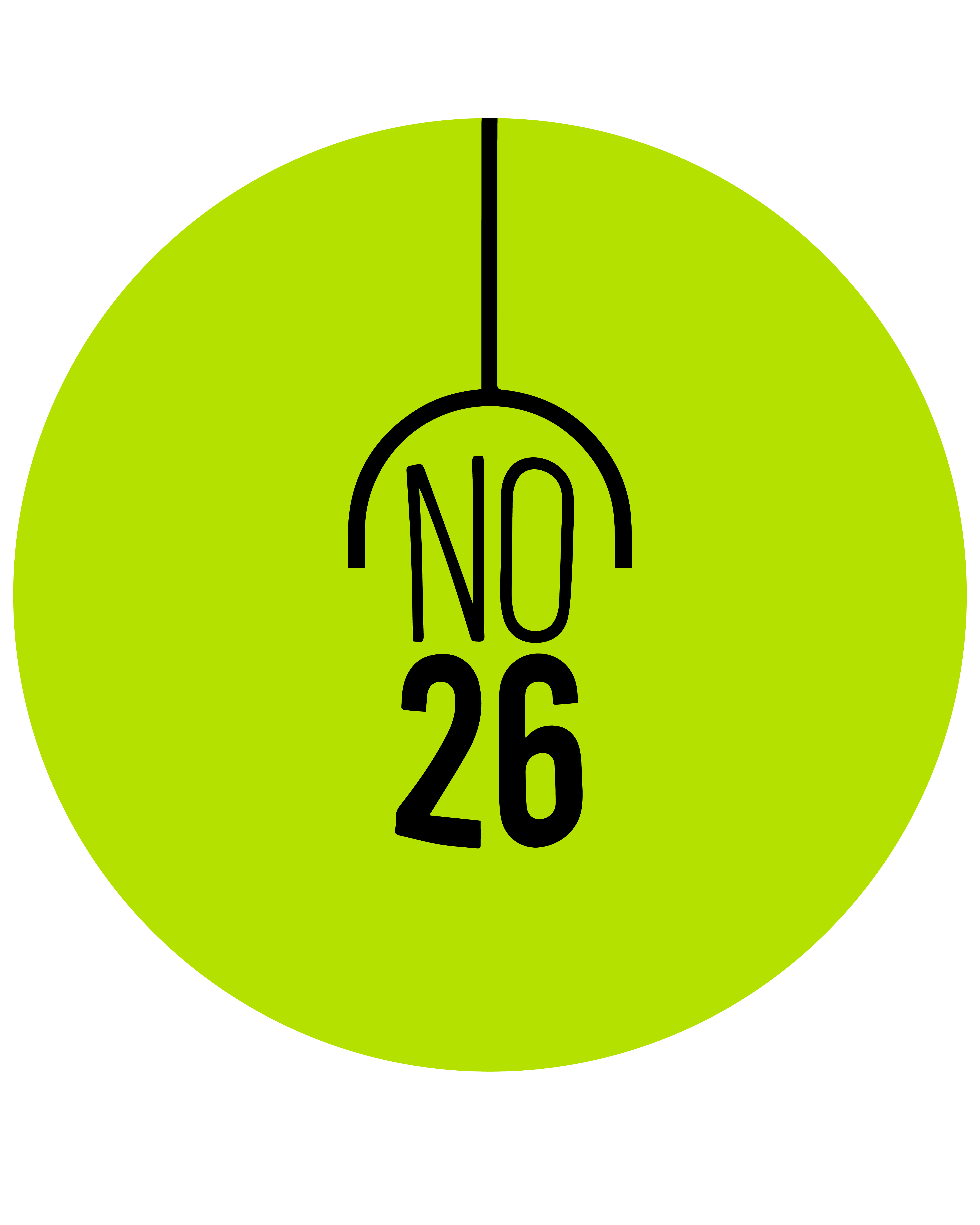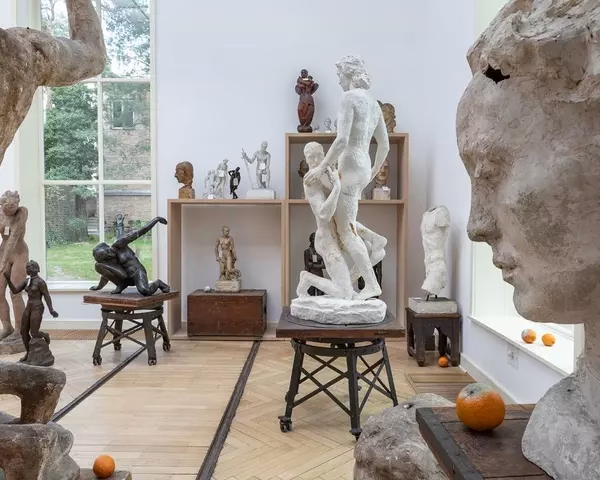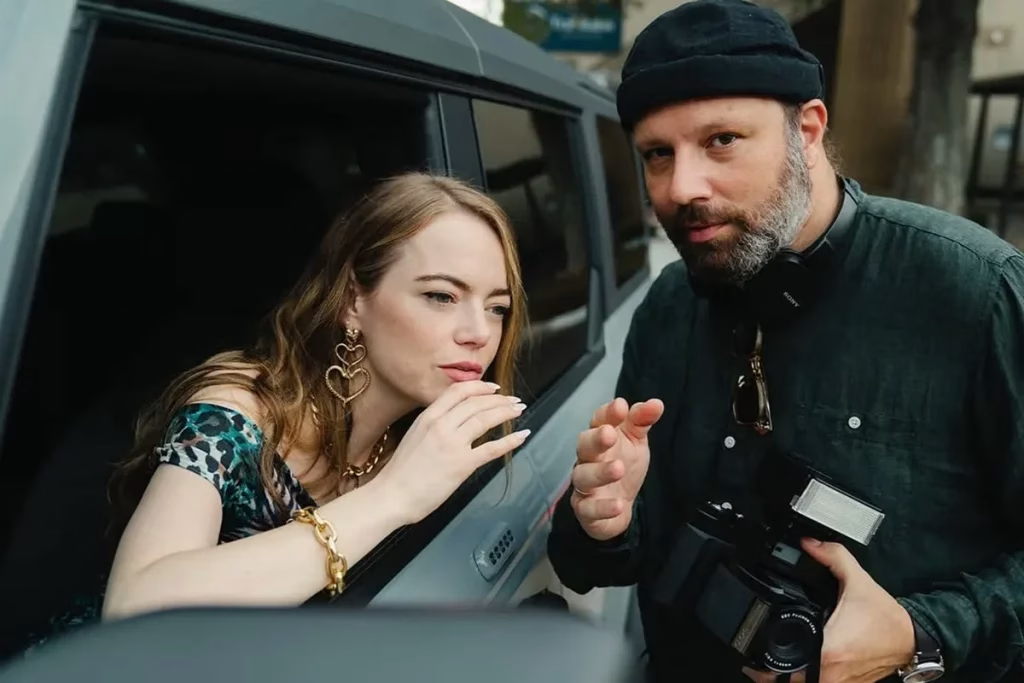George the Poet believes immersive art installations can serve as a gateway to the visual arts for young people, breaking down historical barriers that have excluded certain groups.
The award-winning podcaster and spoken-word artist collaborated with a group of young individuals from the Mayor of London’s violence reduction unit to reinterpret classic artworks. This summer, immersive versions of famous pieces, including Edvard Munch’s The Scream, Rembrandt’s Christ in the Storm on the Sea of Galilee, Hokusai’s The Great Wave off Kanagawa, and Hieronymus Bosch’s The Garden of Earthly Delights, will be showcased at Art of Expression in Frameless, London’s immersive art venue.
George explained, “With immersive art, there are no barriers to entry. You don’t need specific language skills—it’s accessible on multiple levels. Sometimes, it can be tiring to read all the text about artworks you’re interested in. But in an immersive environment, you simply come in and experience the art.”
Among the works featured will be John Atkinson Grimshaw’s Reflections on the Thames, depicting the moonlit river that flows through the heart of London. In addition to the visual components projected onto walls, ceilings, and floors, the exhibition will feature spoken-word pieces inspired by the paintings, developed during collaborative workshops.
Believing in the transformative power of art, George, who has worked with inmates, emphasized its capacity to broaden perspectives. “Much of the conflict I witnessed in my youth was fueled by feeling trapped in our community, unable to envision life beyond our immediate surroundings. Offering new experiences is a powerful antidote to that.”
Research carried out for this project surveyed 2,000 young people about their perspectives on art and accessibility. The findings revealed that nearly two-thirds of respondents wish for greater access to art; a quarter found art galleries intimidating. Almost half felt that historical art was irrelevant to their lives today, and 40% of respondents said they didn’t know how to begin a career in the arts.
Tafari Clarke, a member of the Young People’s Action Group within the violence reduction unit, noted, “Becoming an artist isn’t as glamorized as becoming a lawyer or a footballer. For me, art always felt like something beyond my reach.”
Access to the arts is often influenced by socio-economic status. Research from the Sutton Trust indicated that the creative industries are predominantly represented by individuals from affluent backgrounds. While a Netflix report pointed out that working-class parents do not perceive film and television as viable career paths for their children.
The number of working-class actors, musicians, and writers has halved since the 1970s, and fewer than one in ten arts workers in the UK comes from a working-class background. A recent analysis found that about 30% of artistic directors and creative leaders attended private schools, compared to a national average of only 7%.
George the Poet is adamant that enhancing arts access is invaluable for both young people and arts organizations. “When you empower a young person to explore their artistic interests, it profoundly impacts their mental health and boosts their confidence and self-expression,” he stated. “For arts institutions, engaging young people brings them into the future. If young people don’t feel like custodians of the arts, we risk regressing.”













